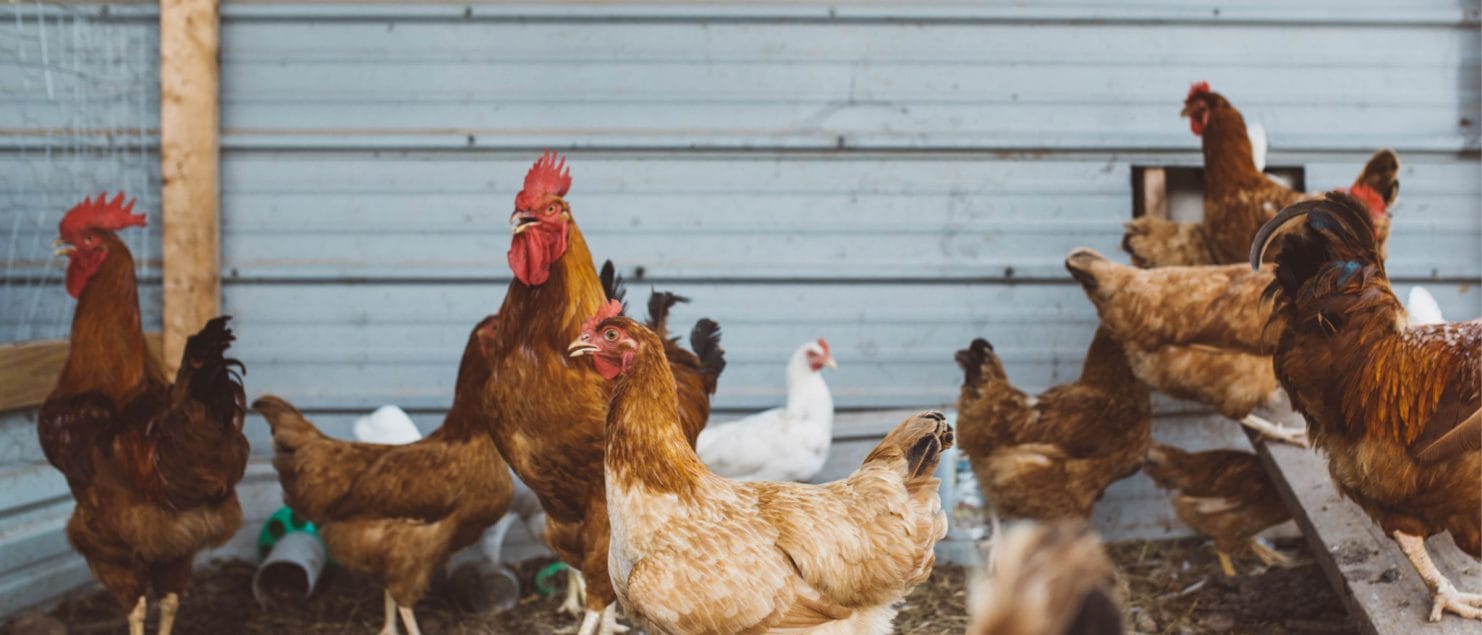UK poultry sector announces 80.2% reduction in antibiotic use
The British Poultry Council’s Antibiotic Stewardship Report has announced that in the last 6 years (2012-2018) there has been a reduction of 80.2% in the total use of antibiotics in the UK poultry industry. This announcement now see’s the UK become a leader in the fight against the over usage of antibiotics in poultry industry.
The British council stated, ‘Our sector stands committed to upholding the UK’s position at the forefront of international efforts to keep antibiotics effective for future generations and tackling antimicrobial resistance’.
Since 2011, The Antibiotic Stewardship has placed regulations on the poultry industry including the ban of Polymyxins and a last resort usage of Fluoroquinolones and Macrolides. They have stated that all the measures they have put in place have helped in the significant reduction of antibiotic usage.
Other figures that were also released, found that in 2018 the poultry industry used 16.2 tonnes of antibiotics which was an increase of 12.4% year on year. The Antibiotic Stewardship however, have stated that this is due to more harsh weather causing more health issues for poultry animals, ‘Zero use is neither ethical nor sustainable as it goes against a farmer’s duty to address any health and welfare issues’.
Further to this, the British Poultry Council have released statements in recent reports regarding the fluctuations of the antibiotic usage stating that ‘these will fluctuate up and down in response to the challenges we face during different periods of the year’.
The most important stat for public health is that there has been an 82.6% reduction in the total use of critically important antibiotics. Usage of antibiotics like Quinolones which help fight against Salmonella and E. coli have been scaled back to ensure that these drugs are only administered to those who need it.
Randox Food Diagnostics
Randox Food Diagnostics provide innovative technologies for the screening of antimicrobials, growth promoting hormones and drugs of abuse in animals, whilst offering superb limits of detection.
Leading the way in developing reliable and economic testing methods to monitor drug residues in meat, Randox Food Diagnostics utilise Biochip capabilities to provide quantitative results for up to 44 drug residues from a single tissue sample. With an ever-expanding test menu that covers multiple industries and sample types, Biochip Array Technology saves time, money and labour costs.
Links
To see Randox Food’s range of tissue testing please visit – https://www.randoxfood.com/meat-and-seafood-analysis/
To download the British Poultry Council Report please visit – https://www.britishpoultry.org.uk/bpc-antibiotics-report-2019/
